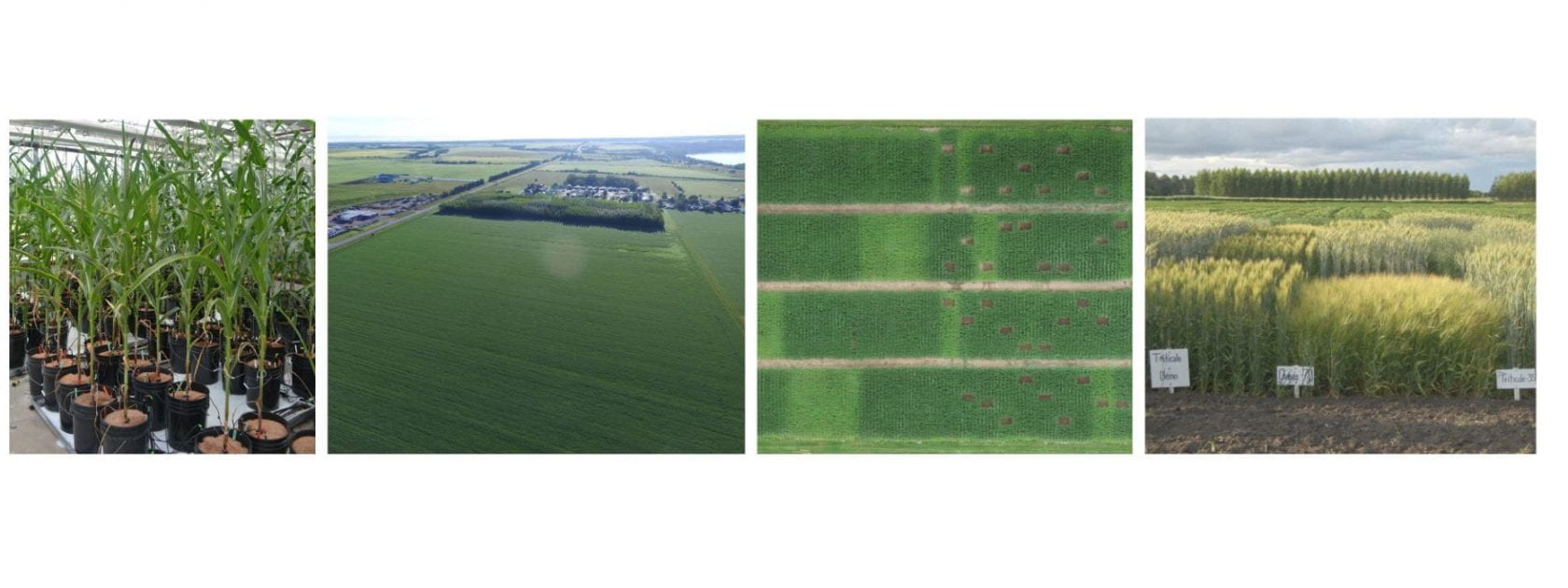Cover crop and planter modification effects on corn seedbed quality, establishment and grain yield
Intensive winter wheat management
Best Management Practices for Late Nitrogen Applications
Best Management Practices for broadcasting winter wheat into standing soybean
On-farm assessment of seedbed properties, seeding performance, and crop establishment in high-residue cropping system


